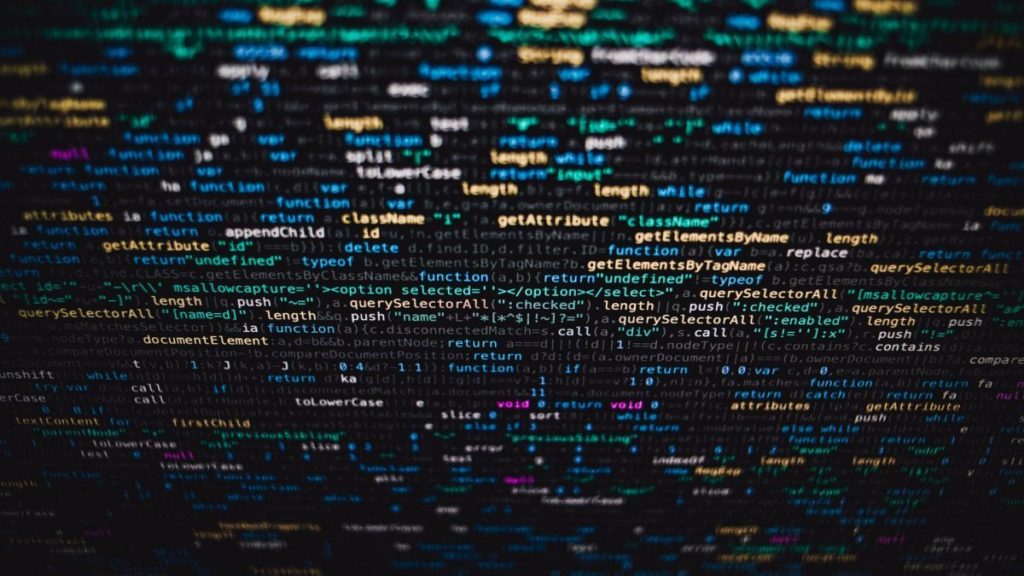By Julius Cerniauskas, CEO, Oxylabs
The explosion of information in the 21st century now means the amount of data available publicly has reached astronomic levels, making it the world’s most valuable resource.
The perfect way to access this data is by using a data extraction service. Doing this automates the data collection process and allows your business to extract data that is freely available in the public domain. For organisations today, the benefits of data extraction are widely known – lead generation, being able to gather business intelligence and even enhancing price optimisation are readily seen.
Typically, data extraction can be a laborious and often complex process and therefore finding a more manageable solution for a large-scale data gathering is something the web scraping community would actively welcome. This is the use of AI and machine learning (ML) can make a big difference.
AI and ML algorithms have become more robust at large scale only in recent years alongside advancements in computing solutions. By applying AI-powered solutions in data gathering, organisations can automate tedious manual work and from this ensure a much better quality of the collected data.
To understand the struggles of web scraping, let’s look at the data extraction process, its biggest challenges, and possible future solutions that might ease and potentially solve some of these issues.
Addressing the obvious
Firstly, web scraping is made up of four distinct parts – crawling path building and URL collection; scraper development and its support; proxy acquisition and management and data fetching and parsing.
Anything that goes beyond those terms is considered to be data engineering or part of data analysis. By identifying which actions belong to the web scraping category, it becomes more apparent what the most common challenges associated with data gathering are. It also shows which parts can be improved with the help of AI and ML powered solutions.
Data extraction from the web requires a lot of governance and quality assurance, and when scaled these challenges can escalate. If you look at this in more detail certain points standout:
Firstly, when building a crawling path, the biggest issue is not the collection of the website URLs that you want to extract from but gathering all the necessary URLs of the initial targets. Potentially, this could mean up to hundreds of URLs need to be scrapped, parsed, and identified as important URLs for your case.
Another consideration is proxy acquisition and management. This is not a straight-forward task, and while proxy rotation is a good practice, it does not highlight all the issues and requires constant management and upkeep. So, if a business is relying on a proxy vendor, effective and frequent communication will be necessary.
Data collection and parsing is often misunderstood as the easy part, but challenges can exist when it comes to maintenance. Having to adjust to different page formats and website changes will be a constant struggle and will require a lot of time and dedication from the developer teams.
New solutions to old challenges
These points reinforce the challenges with traditional data scraping but also highlight where AI and ML can make a difference. There are frequent configurations in web content that are typically scraped, such as how prices are encoded and displayed, so in principle, ML should be able to spot these patterns and extract the relevant information. The research challenge is to learn models that generalise well across various websites or that can learn from a few human-provided examples. The engineering challenge is to scale up these solutions to realistic web scraping workloads.
Instead of manually developing and managing the scrapers code for each new website and URL, creating an AI and ML-powered solution simplifies the data gathering pipeline. This will take care of proxy pool management, data parsing maintenance, and other more laborious tasks.
Not only does AI and ML-powered solutions enable developers to build highly scalable data extraction tools, but it also enables data science teams to prototype rapidly. It also stands as a backup to your existing custom-built code if it was ever to break.
What’s on the horizon?
It is clear that by creating faster data processing pipelines, along with cutting edge ML techniques, organisations can gain unparalleled competitive advantages. And looking at today’s market, the implementation of AI and ML in data gathering has already started.
At Oxylabs, we have recently launched a Next-Gen Residential Proxies platform built with heavy-duty data retrieval operations in mind. The platform enables web data extraction without delays or errors and is customisable like a regular proxy, but at the same time, it guarantees a much higher success rate and requires less maintenance.
As we look ahead – and more and more organisations deploy data extraction projects – the ability to automate almost the entire scraping process will make platforms such as this a much more compelling consideration for businesses.









